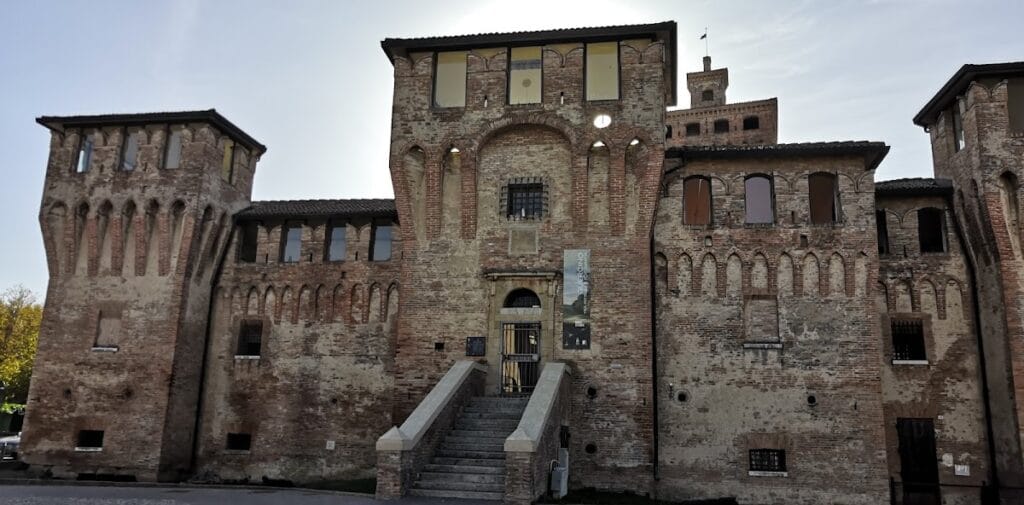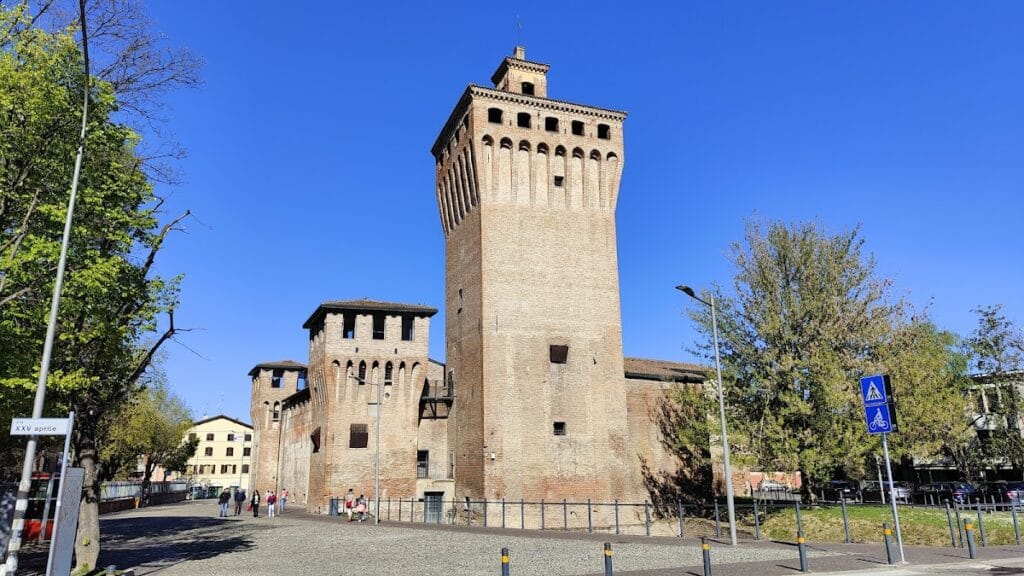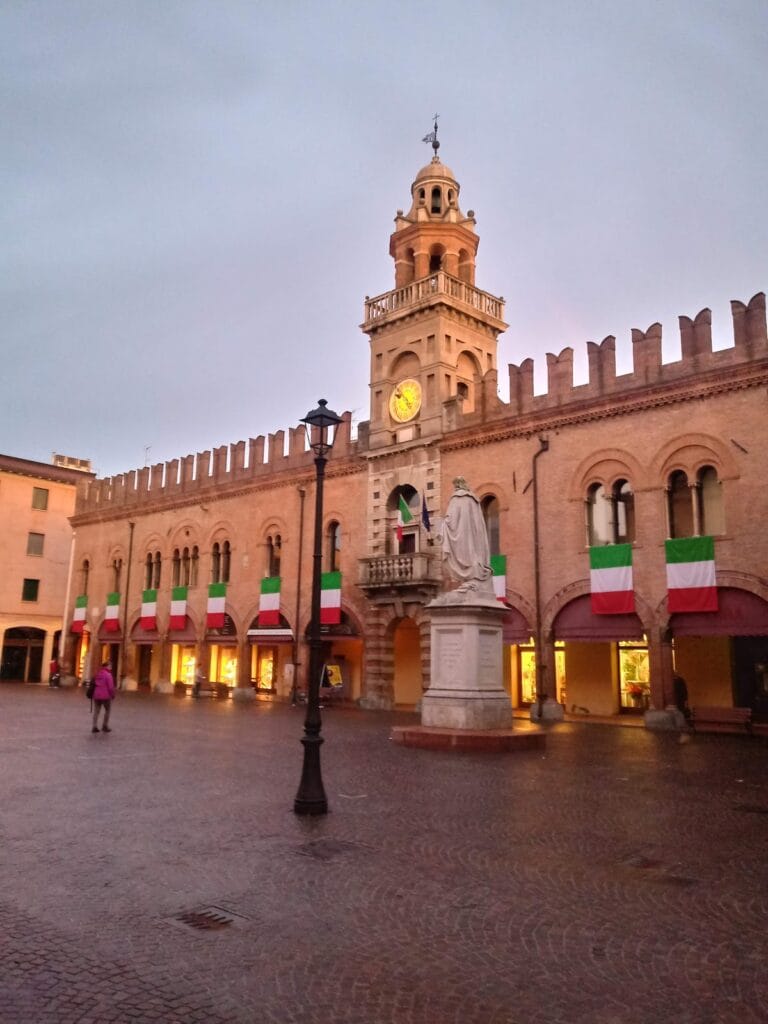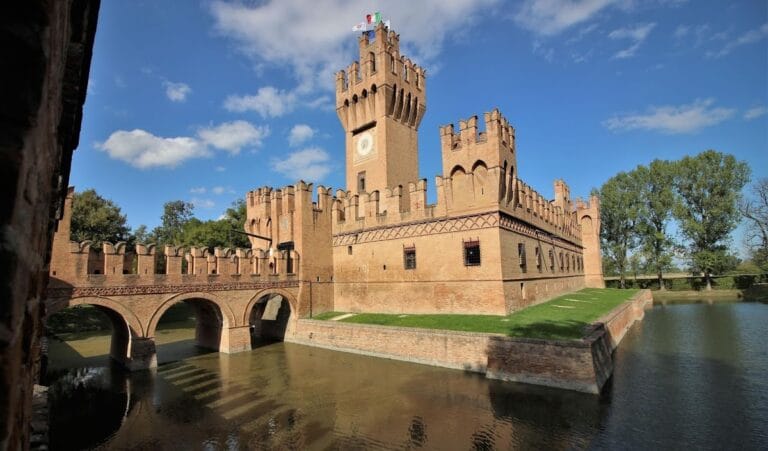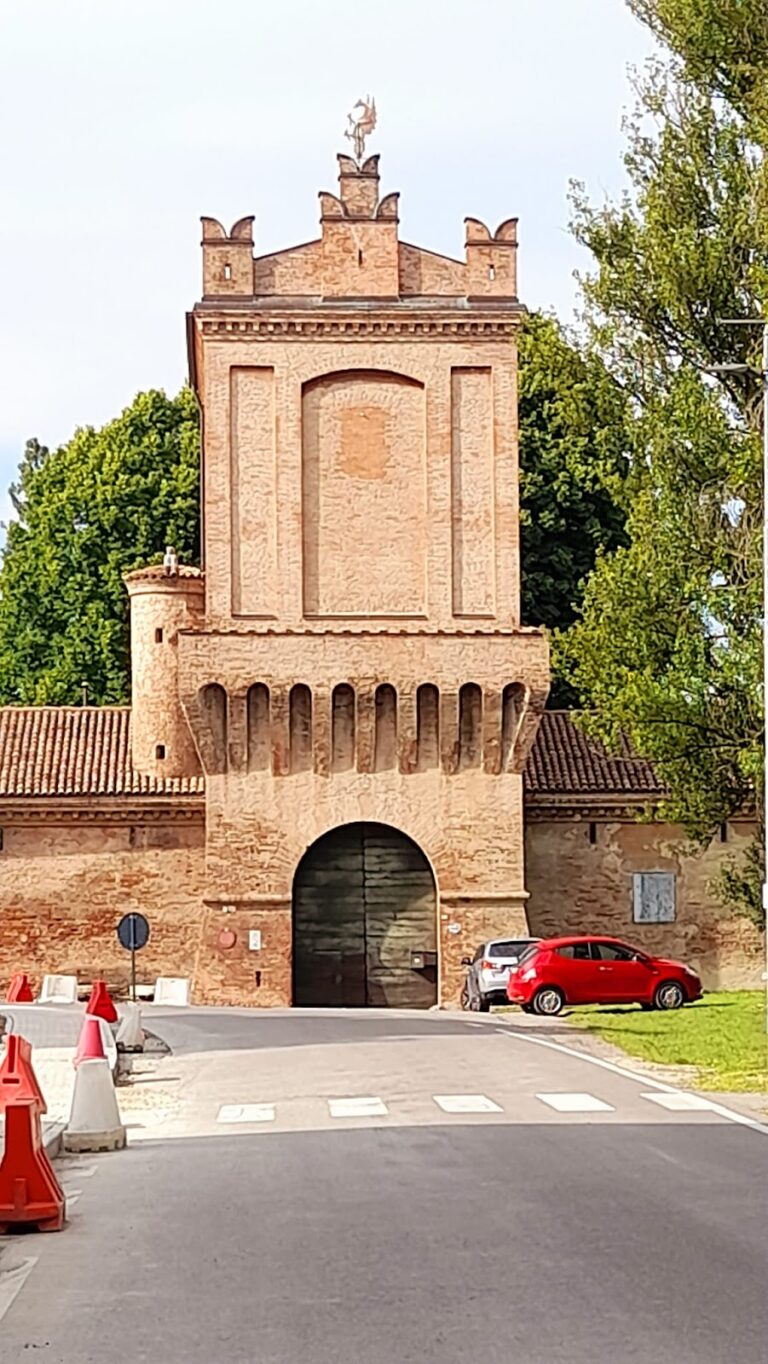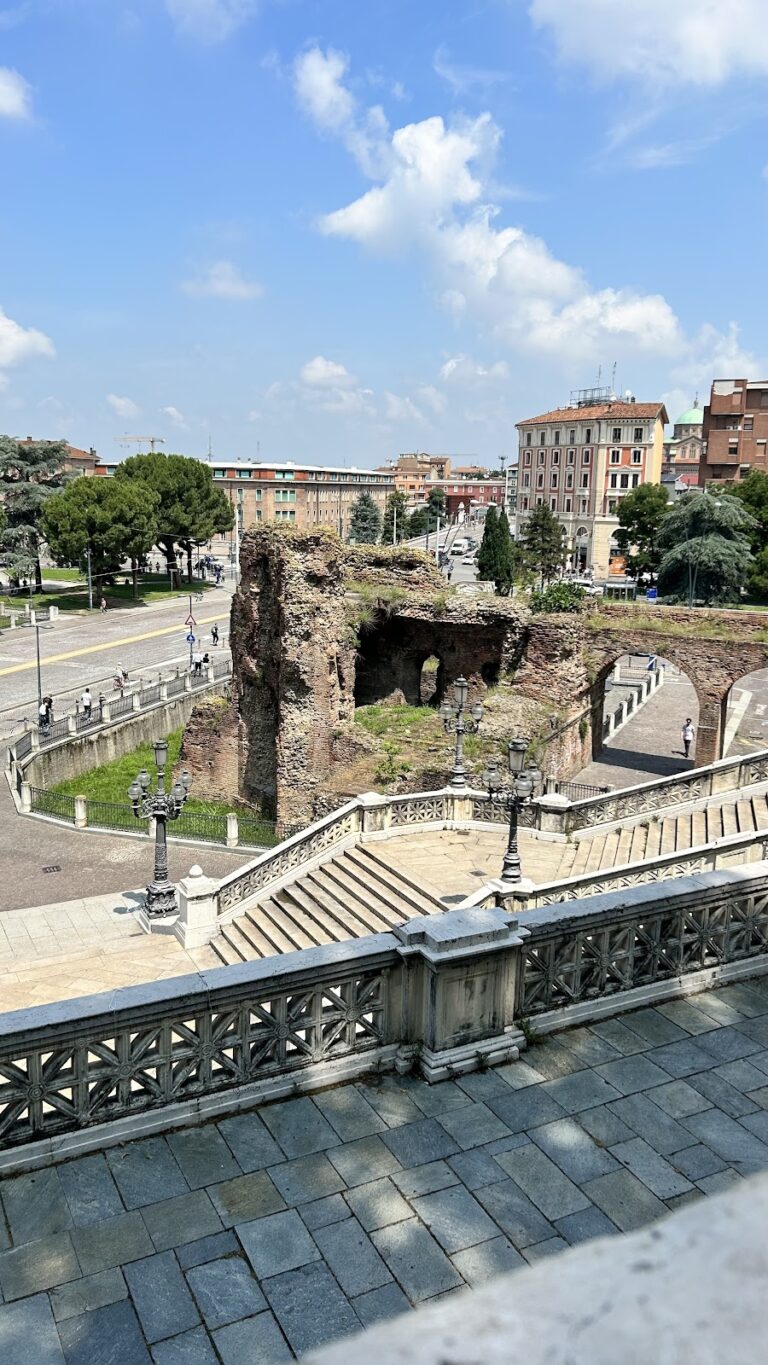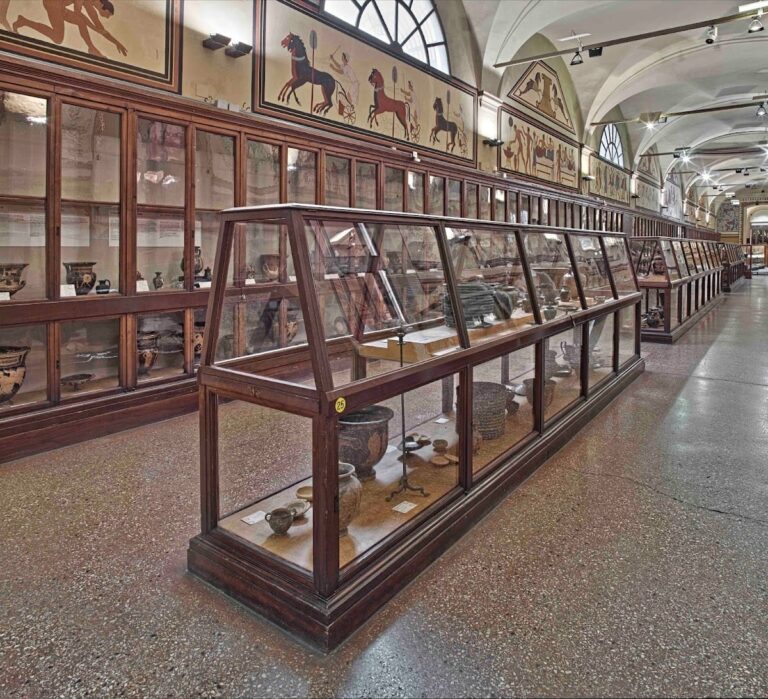Rocca di Cento: A Medieval Fortress in Italy
Visitor Information
Google Rating: 4.3
Popularity: Low
Google Maps: View on Google Maps
Official Website: www.comune.cento.fe.it
Country: Italy
Civilization: Medieval European
Remains: Military
History
The Rocca di Cento is a medieval fortress located in the town of Cento, Italy, constructed by the people of medieval Europe. Its origins date back to 1378, when the Bishop of Bologna commissioned its building as a new military stronghold intended to control and safeguard the population of Cento amidst a turbulent period. Unlike many other fortresses of the time, it was erected on a site with no prior military construction, signaling a deliberate strategy in response to rising local tensions.
The late 14th century was marked by social unrest and hardship in the region, including wars, epidemics, and demographic decline. In 1375, the population of Cento rebelled violently against ecclesiastical rule, killing papal representatives and burning their palace. Following the Peace of Anagni in 1377, which brought a tentative acceptance of papal authority by Bologna under certain local autonomy guarantees, efforts were made to reinforce urban defenses. The building of the Rocca commenced in June 1378, directed by engineer Lorenzo da Bagnomarino. The first official commander, or castellan, was Bentivoglio, son of Azzone Bentivogli, reflecting the involvement of notable local families.
Throughout its history, the fortress experienced military conflict, with documented sieges occurring in 1359 and later in 1443. Repairs and upgrades followed these events, including a substantial rebuilding in 1456 under Cardinal Filippo Calandrini. Advancements in warfare prompted the adaptation of the Rocca in 1483 to accommodate firearms, a significant shift in defensive design. Further enlargement happened in 1510 under Cardinal Giuliano della Rovere, who would later become Pope Julius II. A major fire in 1539 caused damage but did not end its military role.
Religious aspects also marked the Rocca’s history. An image of the Madonna created in 1460 and housed within the fortress is said to have miraculously bled after being struck by a soldier’s arrow in 1597. This painting now resides in a nearby sanctuary named the Blessed Virgin of the Rocca. The artwork gained a reputation for divine protection, credited with safeguarding the community during a cholera outbreak in 1855 and during bombing raids in 1944.
During World War II, the underground parts of the Rocca offered shelter to local civilians amid the conflict. In the 19th century, the fortress served as military barracks and was regarded as one of the Papal States’ best prisons. After Italy’s unification, it came under state control and was used as a prison for political prisoners and criminals until 1969. Inscriptions and graffiti left by inmates remain in the prison cells located in the main keep, providing historical testimony to its use. Following a thorough restoration, the Rocca has been partially opened for cultural purposes, hosting exhibitions and events in several of its interior spaces.
Remains
The Rocca di Cento presents a well-defined layout typical of medieval fortifications, centered around a tall principal tower known as the keep or mastio. This central tower is complemented by a main entrance tower and three corner towers, forming a strong defensive perimeter. The fortress originally featured both drawbridges and a surrounding moat, defensive elements fashioned to hinder attackers, though these features no longer survive today.
Constructed as a military complex from the ground up, the Rocca’s masonry showcases the design priorities of its era, focusing on durability and defense. Inside the keep, several prison cells have been preserved, notable for maintaining prisoner inscriptions and graffiti that provide a rare glimpse into the individuals once confined there. These marks serve as tangible links to the fortress’s later function as a detention site.
Additional significant structures include a chapel within the fortress, reflecting its spiritual dimension, and a large hall known as the Sala della Trifora. This hall likely served both administrative and social functions. Defensive adaptations are visible in the cannon openings, or cannoniere, installed after 1483 to allow the use of firearms, marking a shift in military technology accommodated by the Rocca’s architecture.
The fortress’s underground areas were utilized during the Second World War as shelters for civilians, demonstrating continued practical use of the site’s spaces beyond their original military intentions. The sacred painting of the Madonna originally housed within the Rocca is now carefully preserved in the adjacent Sanctuary of the Blessed Virgin of the Rocca, underscoring its cultural and religious importance.
Following extensive restoration, many internal areas of the Rocca have been stabilized and made accessible, enabling their use for cultural exhibitions and events. Key spaces such as the chapel, the Sala della Trifora, the cannon openings, and the preserved prison cells offer insight into the complex layering of military, religious, and social history embodied by the fortress.
